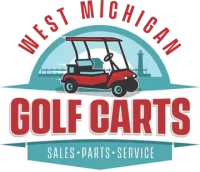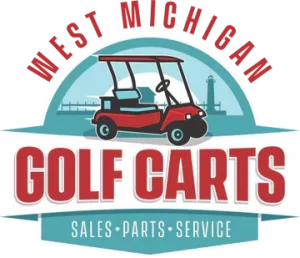Golf Cart use at Campgrounds in West Michigan
Are you jealous because you saw a golf cart at the campground? What are the requirements for having a golf cart at the campground? Some campgrounds will allow you to have a golf cart if they meet certain inspection and certifications.
Requirements for Golf Cart Use at Campgrounds
- Inspection and Certifications:
- Some campgrounds may require your golf cart to undergo a safety inspection and meet certain certifications before use. Check with the specific campground for their requirements.
- Mandatory Accessories:
- Mirrors: Side mirrors and a rearview mirror are often required for visibility and safety.
- Lights: Both front headlights and rear taillights are typically required for driving during low-light conditions or at night.
- Horn: A functioning horn is necessary for alerting others in case of emergencies.
- Seatbelts: Some campgrounds may require seatbelts, especially if children are using the golf cart.
- Safety Checks:
- Tires: Ensure that the tires are in good condition with adequate tread and no visible damage.
- Brakes: Check that the brakes are functioning properly.
Additional Considerations
- Type of Golf Cart:
- Electric or Gas: Determine whether your golf cart is electric or gas-powered. This may affect where and how you can use it, as some campgrounds have restrictions on gas-powered vehicles.
- Charger: If your golf cart is electric, ensure you have a charger and access to charging facilities at the campground.
- Features:
- Roof: A roof can provide protection from the sun and rain, enhancing comfort and usability.
- Storage: Check for sufficient storage space for any camping gear or personal items you may need to transport.
- Documentation:
- Carry any necessary documentation, such as proof of ownership, insurance, and any required permits or inspection certificates.
Preparation Checklist for Golf Cart Use at Campgrounds
- Mirrors: Installed and properly adjusted.
- Lights: Front headlights and rear taillights functional.
- Horn: Operational and easily accessible.
- Seatbelts: Installed if required.
- Tires: Inspected for safety and wear.
- Brakes: Checked for proper function.
- Electric or Gas: Identified and prepared (charger for electric carts).
- Roof: Installed if available.
- Documentation: Gathered and ready for presentation if needed.



